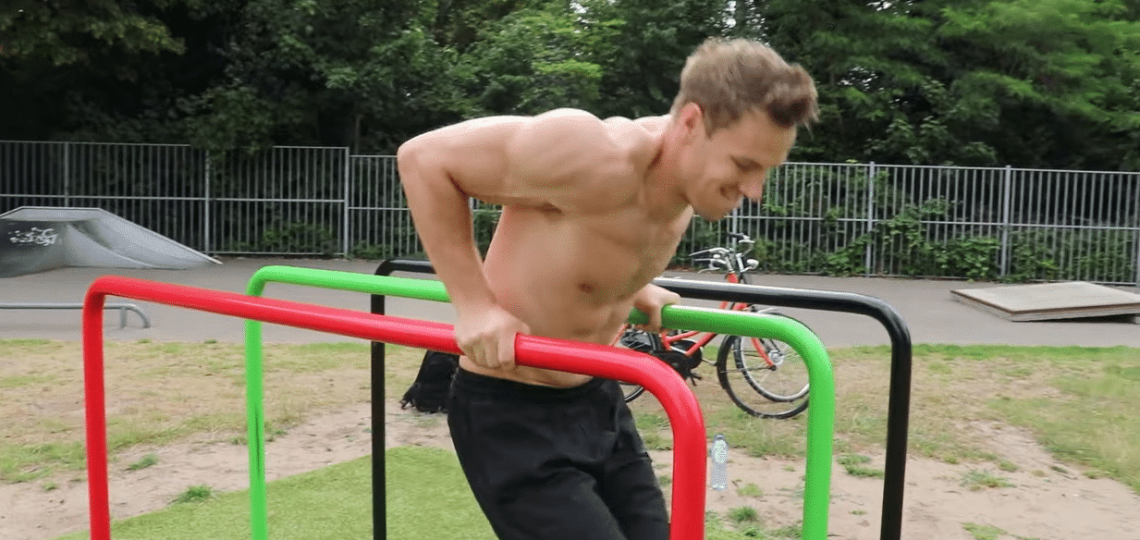
Calisthenics Basics: Push-Ups, Pull-Ups, etc.
Calisthenics is a form of exercise that utilizes your body weight to build strength, flexibility, and endurance. It is an effective way to improve overall fitness, requiring little to no equipment. In this article, we will discuss some of the essential calisthenics exercises, including push-ups, pull-ups, and more.
Push-Ups
Push-ups are one of the fundamental calisthenics exercises that target the chest, triceps, and shoulders. They can be done anywhere and offer numerous variations to increase difficulty. To perform a standard push-up, follow these steps:
Start in a high plank position with your hands slightly wider than shoulder-width apart.
Lower your body until your chest almost touches the ground while keeping your elbows close to your sides.
Push yourself back up to the starting position.
Repeat this movement for a desired number of repetitions. Push-ups can be modified to suit different fitness levels by performing them on your knees or elevating your feet.
Pull-Ups
Pull-ups are an excellent exercise for developing upper body strength, particularly in the back, biceps, and shoulders. While they may seem challenging at first, with consistent practice, you will gradually increase your strength. Here’s how to perform a standard pull-up:
Start by gripping an overhead bar with your palms facing away from you, slightly wider than shoulder-width apart.
Hang with your arms fully extended, feet off the ground.
Pull your body up until your chin is above the bar, engaging your back and biceps.
Lower yourself back down with control.
If full pull-ups are too difficult, you can start with assisted variations using resistance bands or a chair. Gradually decrease the assistance as you build strength.
Squats
Squats are a fundamental lower body exercise that primarily targets the thighs, glutes, and core. They help improve overall leg strength, stability, and mobility. To perform a squat:
Stand with your feet slightly wider than hip-width apart, toes pointing forward.
Keep your back straight and chest lifted as you push your hips back, lowering yourself into a squat position.
Ensure your knees stay in line with your toes and do not collapse inward.
Push through your heels to rise back up to the starting position.
Varying squat depth, adding weight, or doing plyometric jumps can increase the intensity of this exercise.
Plank
The plank is an isometric exercise that engages the core, including the abdominal muscles, lower back, and shoulders. It helps improve posture and stability. To perform a plank:
Start in a push-up position, but instead of lowering yourself, place your forearms on the ground.
Keep your body in a straight line from head to toes, engaging your core muscles.
Hold this position for a specific time, gradually increasing the duration as you progress.
Variations such as side planks or plank with leg lifts can challenge different muscle groups.
Lunges
Lunges are a dynamic exercise that targets the legs and glutes while improving balance and coordination. To perform lunges:
Stand with your feet hip-width apart.
Take a step forward with one leg, flexing both knees and lowering your body until the front thigh is parallel to the ground.
Push yourself back up to the starting position and repeat with the opposite leg.
You can increase the difficulty by adding weights or doing walking lunges.
Conclusion
Calisthenics exercises provide a versatile and accessible way to enhance your physical fitness. Push-ups, pull-ups, squats, planks, and lunges are just a few basic exercises that can be performed anywhere, requiring little to no equipment. Incorporating these exercises into your routine can help you build strength, endurance, and improve overall fitness levels. Remember to start at a comfortable level and gradually increase intensity and difficulty as your strength improves. Stay consistent, challenge yourself, and you will reap the benefits of calisthenics!